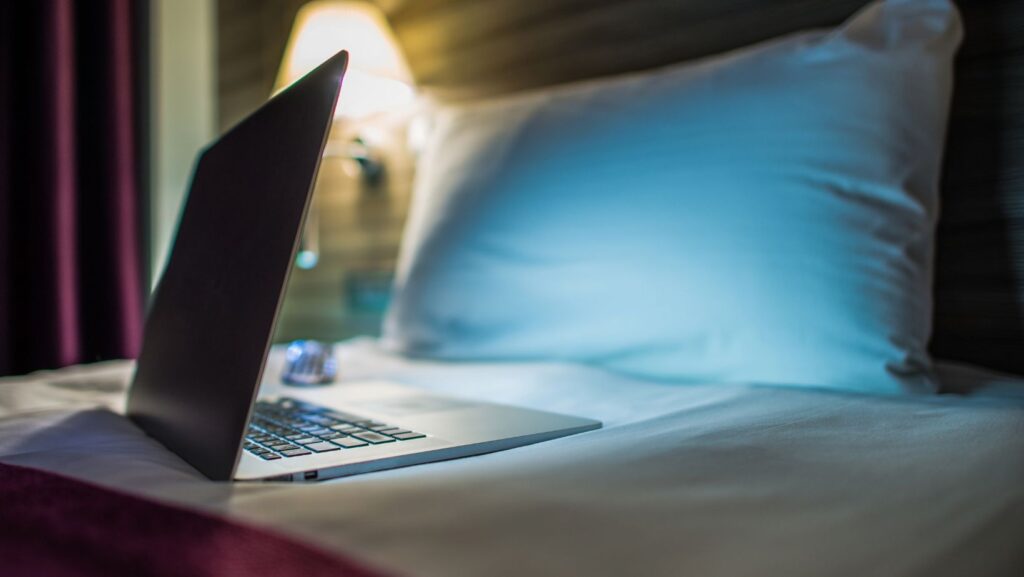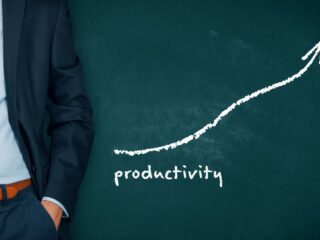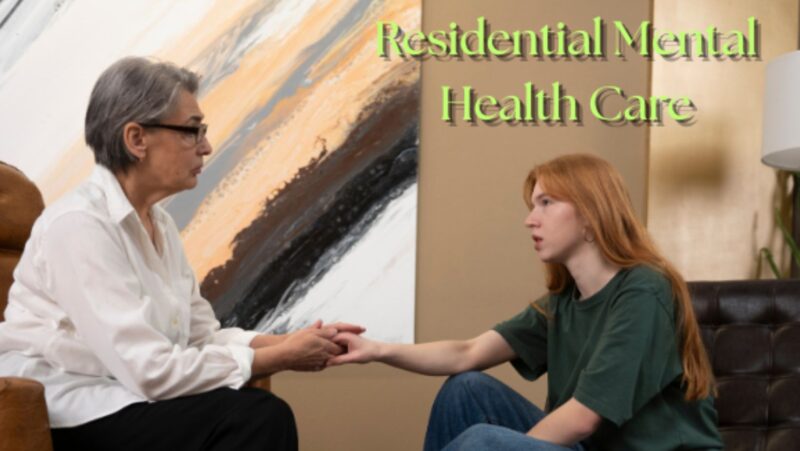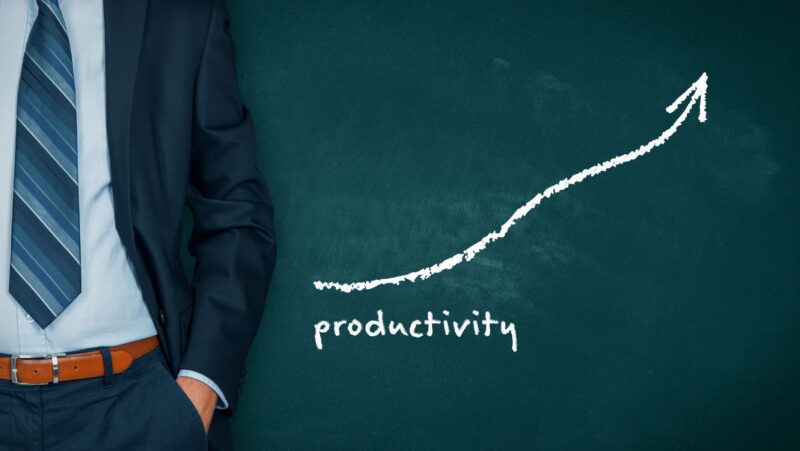
Screens shape how we work, play and connect. They inform, entertain and distract in equal measure. But as helpful as they are, too much time in front of a screen can quietly wear us down. The key isn’t to eliminate technology—it’s to manage it. Even digital platforms designed for leisure, such as a safe online casino in Australia, are now encouraging balance and mindful play. The goal is no longer constant connectivity; it’s healthy control.
The Subtle Toll of Screen Overload
We rarely notice how much time disappears behind a screen until fatigue sets in. Studies link heavy digital use to sleep disruption, shorter attention spans and mood changes. What starts as entertainment can spill into exhaustion when boundaries blur. The cycle is subtle—just one more episode, one more scroll, one more email. Over time, the habit rewires how our brains manage rest and reward.
You don’t need to go offline completely to recover. Instead, practice intentional disconnection. Try ending each night thirty minutes before bed without your phone. Leave notifications off during meals. These small pauses reintroduce calm into spaces where stress used to live. Even brief breaks train the mind to shift gears, preventing digital fatigue from becoming burnout.
Design a Healthy Digital Routine
Technology isn’t the enemy—it’s the environment. Managing screen time starts with structure. Set clear boundaries around when and how you use devices. Begin with your morning routine. Avoid checking messages or social media immediately after waking up. Give your brain time to fully transition from rest to alertness. During work hours, use the “20-20-20” method: every twenty minutes, look away from your screen for twenty seconds at something twenty feet away. It’s simple, but it reduces strain dramatically.

Integrate active breaks throughout the day. Go for a short walk, stretch or hydrate before returning to your desk. These resets protect both your posture and focus. At night, lower screen brightness and use warmer tones to reduce blue light exposure, which disrupts melatonin levels and affects sleep quality.
If you track your usage, turn awareness into action. Most phones now include digital wellbeing dashboards that measure time spent in each app. Use them as a mirror, not a judgment tool. The goal is to build understanding, not guilt.
Reconnecting Beyond the Screen
Digital habits often replace real ones. Reclaiming time offline doesn’t mean giving up entertainment—it means diversifying it. Replace passive scrolling with active engagement. Cook a meal, read a physical book or call someone instead of texting. Small swaps add up.
Mental health professionals recommend scheduling digital downtime the same way we schedule work or exercise. A weekend walk, a creative project or a quiet evening without devices resets emotional balance. When you make room for analog moments, screens stop feeling like obligations and return to being tools.
Ironically, some of the healthiest tech platforms now integrate responsible-use reminders. From time trackers to “take a break” pop-ups, technology is learning to support balance rather than demand attention. These design changes are a quiet acknowledgment that wellness isn’t about always being online, it’s about knowing when to step away.
Managing screen time is less about discipline and more about intention. We can’t escape digital life, but we can choose how it fits into ours. A few mindful decisions such as short breaks, firm boundaries and conscious disconnection can turn constant exposure into conscious engagement. The result is more focus, deeper rest and a clearer mind. Technology should serve your wellbeing, not steal from it.











